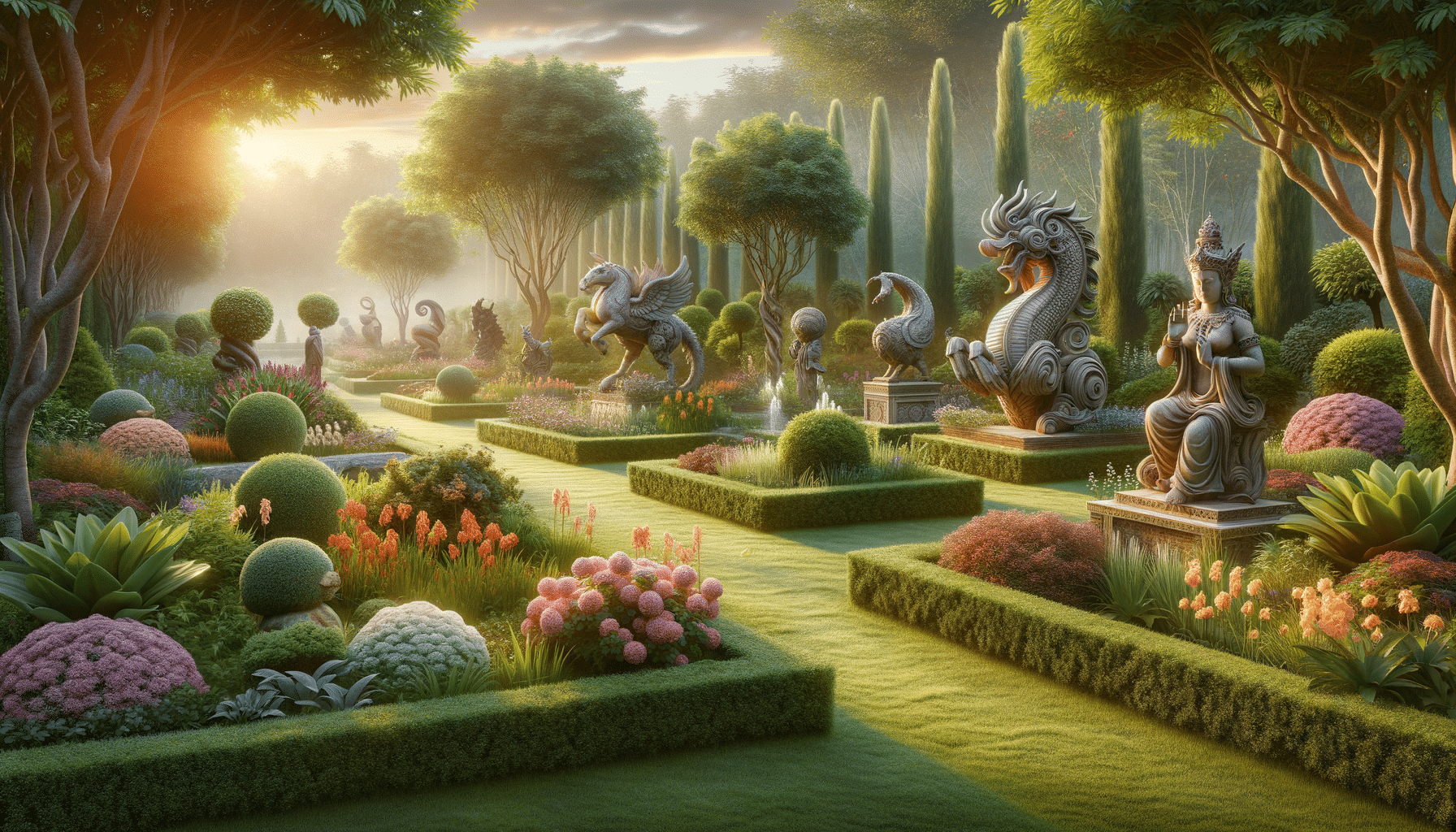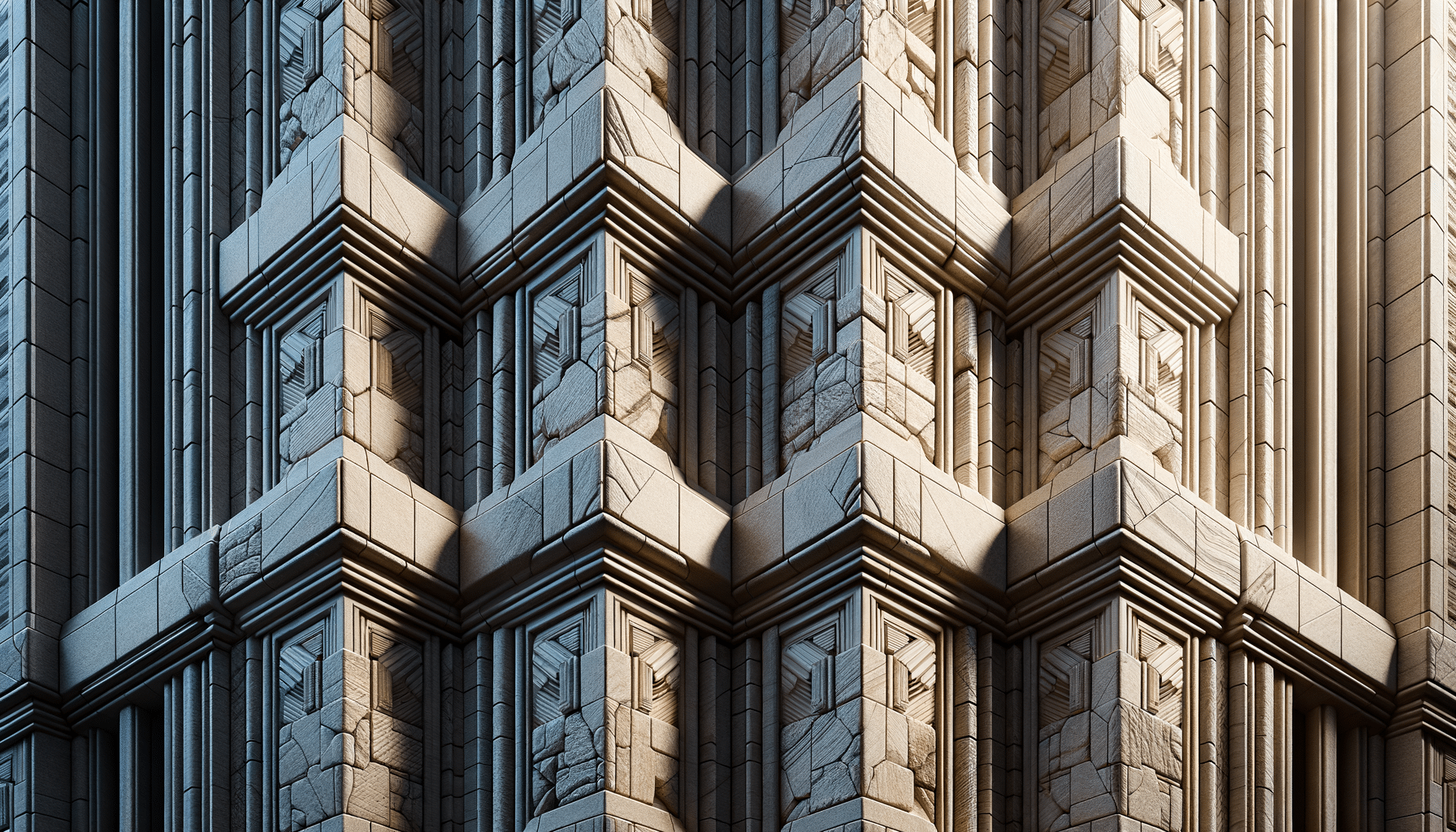
Enhancing Your Garden with Garden Statues
The Historical Significance of Garden Statues
Garden statues have been a part of human culture for centuries, tracing back to ancient civilizations like Greece and Rome. These early statues often depicted gods, goddesses, and mythical creatures, serving both decorative and religious purposes. In Renaissance Europe, garden statues became symbols of wealth and sophistication, adorning the gardens of the elite. This historical backdrop highlights the cultural importance of garden statues, which continue to be cherished for their ability to transform outdoor spaces into artistic landscapes.
Today, garden statues are valued not only for their aesthetic appeal but also for their ability to tell stories and evoke emotions. They can reflect personal tastes, cultural backgrounds, and even philosophical beliefs. Whether it’s a classical sculpture or a modern abstract piece, each statue has the potential to add depth and meaning to a garden, making them a timeless addition to any outdoor setting.
Materials and Styles of Garden Statues
Garden statues come in a variety of materials, each offering distinct characteristics that influence their appearance and durability. Common materials include:
- Stone: Known for its durability and classic look, stone statues are often used in traditional garden settings.
- Metal: Metals like bronze and iron offer a modern and sleek appearance, suitable for contemporary gardens.
- Resin: Lightweight and versatile, resin statues can mimic the look of stone or metal at a more affordable price.
In terms of style, garden statues range from realistic depictions of animals and people to abstract and whimsical designs. The choice of style often depends on the overall theme of the garden and the personal preferences of the gardener. For instance, a Zen garden might feature minimalistic stone sculptures, while an English cottage garden could include charming animal statues.
Choosing the Right Garden Statue for Your Space
Selecting the perfect garden statue involves considering several factors to ensure it complements the existing landscape. Here are some tips to guide your decision:
- Size: The statue should be proportionate to the garden space. A large statue might overwhelm a small garden, while a tiny statue could get lost in a larger area.
- Theme: Consider the overall theme of your garden. A cohesive look can be achieved by choosing statues that align with the garden’s style, whether it’s rustic, modern, or classical.
- Placement: Strategic placement enhances the visual impact. Consider sightlines and focal points to determine where the statue will be most effective.
Ultimately, the right garden statue is one that resonates with you personally, adding a touch of personality and charm to your outdoor space.
Maintaining and Caring for Garden Statues
Proper maintenance is crucial to preserving the beauty and longevity of garden statues. Here are some general care tips:
- Cleaning: Regular cleaning prevents dirt and grime buildup. Use a soft brush and mild detergent for stone and resin statues, and a metal cleaner for metal sculptures.
- Weather Protection: Protect statues from harsh weather conditions. Consider applying a sealant to stone and resin statues to protect against moisture damage.
- Repair: Address any chips or cracks promptly to prevent further damage. Repair kits are available for minor fixes, or consult a professional for more extensive repairs.
By taking these steps, you can ensure that your garden statues remain a beautiful focal point in your garden for years to come.
The Emotional and Aesthetic Impact of Garden Statues
Garden statues have the power to evoke emotions and create a serene atmosphere in outdoor spaces. They can serve as a source of inspiration, reflection, or even whimsy, depending on their design and placement. A carefully chosen statue can transform a garden into a personal sanctuary, offering a place for contemplation and peace.
The aesthetic impact of garden statues is undeniable. They can enhance the visual appeal of a garden, adding texture, color, and form. Whether used as focal points or subtle accents, statues contribute to the overall harmony and balance of the garden design. By integrating art with nature, garden statues create a dynamic and engaging environment that invites exploration and appreciation.


